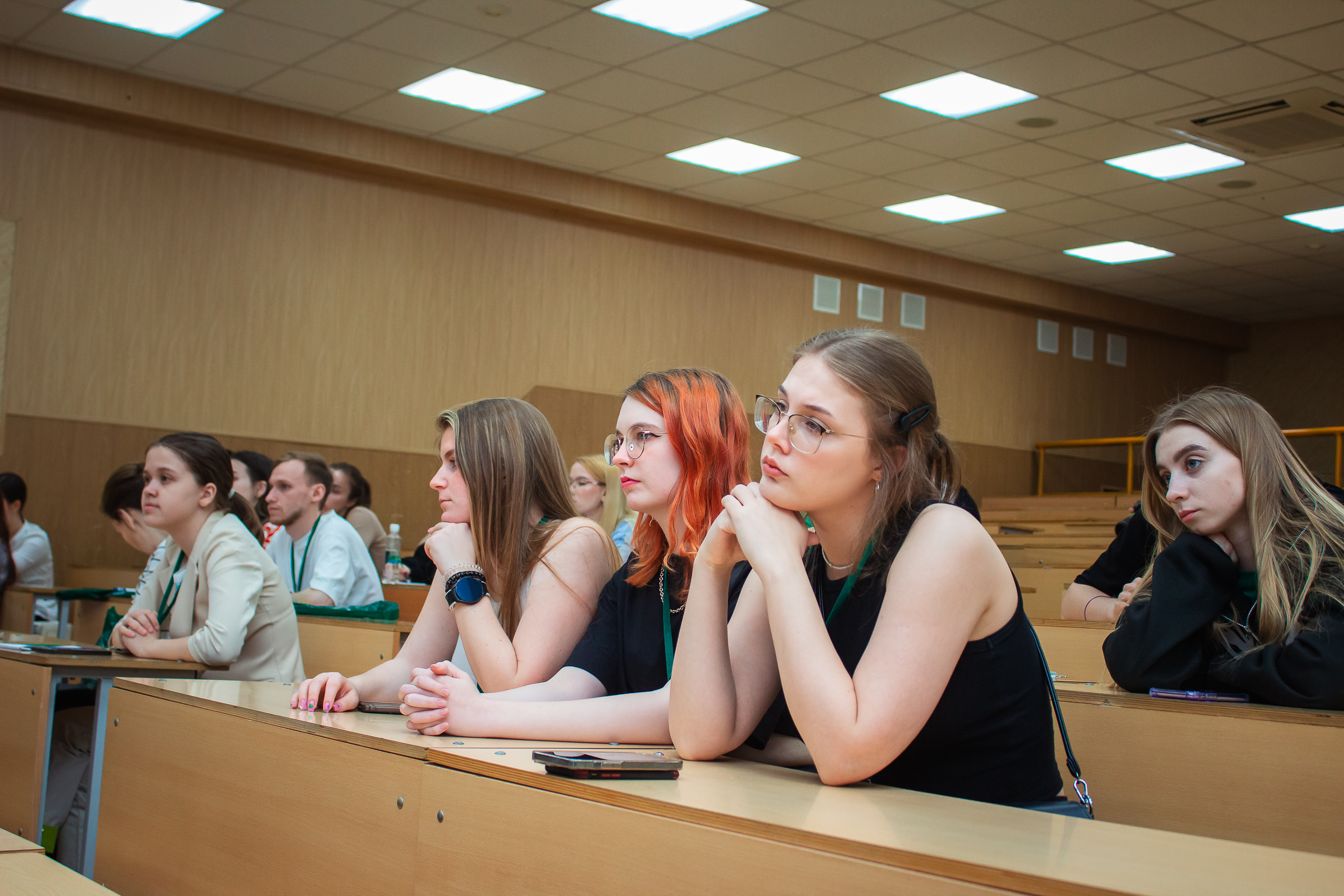 See other releases of corporate mass media
See other releases of corporate mass media
What they don't teach at the journalism department
On April 22, at the workshop “Russian Journalism in and outside the SMO Zone,” which took place within the XIV Eurasian Youth Forum, Alexander Kots, war correspondent of Komsomolskaya Pravda, shared his experience of working under the special operation. He told his young colleagues about his life’s journey as a war journalist, “vaccinations” against the horrors that he had to see during business trips, and assumed the role of a teacher at a university.

Journalist Alexander Kots has been covering military conflicts for many years: the counter-terrorism campaign in Chechnya, South Ossetia, and Donbass. During the military conflict in South Ossetia in 2008, Alexander Kots sustained serious injuries. And with the beginning of the war in Donbass, he did what they don’t teach at the journalism department: he aligned himself with one of the sides. As Alexander said, new Kyiv authorities refused to accredit Russian journalists and, apart from that, launched a criminal charge against him.The war correspondent spoke about the hardships of working in a special operation zone, about the weapons used by the enemy: the Ukrainian Armed Forces are now actively using unmanned aircraft, which are aimed at both the Russian military and civilians.

They also talked about how a journalist goes through all that is happening. This is not an idle question. The fact is that in the SMO zone, one often has to observe the consequences of Ukrainian shelling and communicate with people who just five minutes ago lost a beloved one.
Alexander remembered the terrorist attack in Beslan. Then, from September 1 to September 3, terrorists held hostages at school No. 1 in inhumane conditions: 314 civilians, including 186 children, lost their lives.

“When you come across over three hundred corpses in a tiny patch of land, most of them being children, it becomes hard to find anything else impressive.” It was then that I had a kind of vaccination against the horrors I was experiencing,” Kotz said.

The journalist also explained why representatives of the Ukrainian side are often cruel to Russian prisoners of war: anti-Russian propaganda there has lasted 30 years. In cities and villages there are many Ukrainian flags, in schools there are “classes of pride” dedicated, for example, to the fallen participants in the “anti-terrorist operation” launched by Kiev in Donbass in spring 2014.

Alexander Kots answered a question from his colleagues whether the Pridnestrovian Moldavian Republic could share the same destiny as the DPR and become a part of Russia. According to him, first we need to liberate Kherson, Nikolaev and Odessa. The Komsomolskaya Pravda’s war correspondent notes that it is necessary to move Ukrainian troops as far as possible from the Russian border to stop the shelling of Belgorod.

Today, as part of the Media Forum, journalists of Komsomolskaya Pravda conducted several workshops for students: School of Podcasts, News on the Smartphone Screen, and a seminar “How Artificial Intelligence Can Optimize the Work of Editorial Office.”

From April 22 to April 26, 2024, USUE hosts the XIV Eurasian Economic Youth Forum. For the second year, the program includes the Media Forum, where beginners and experienced wordsmiths work together to comprehend new trends in the profession. In 2024, 52 representatives of leading media outlets in Russia and the CIS countries take part in the Media Forum.














